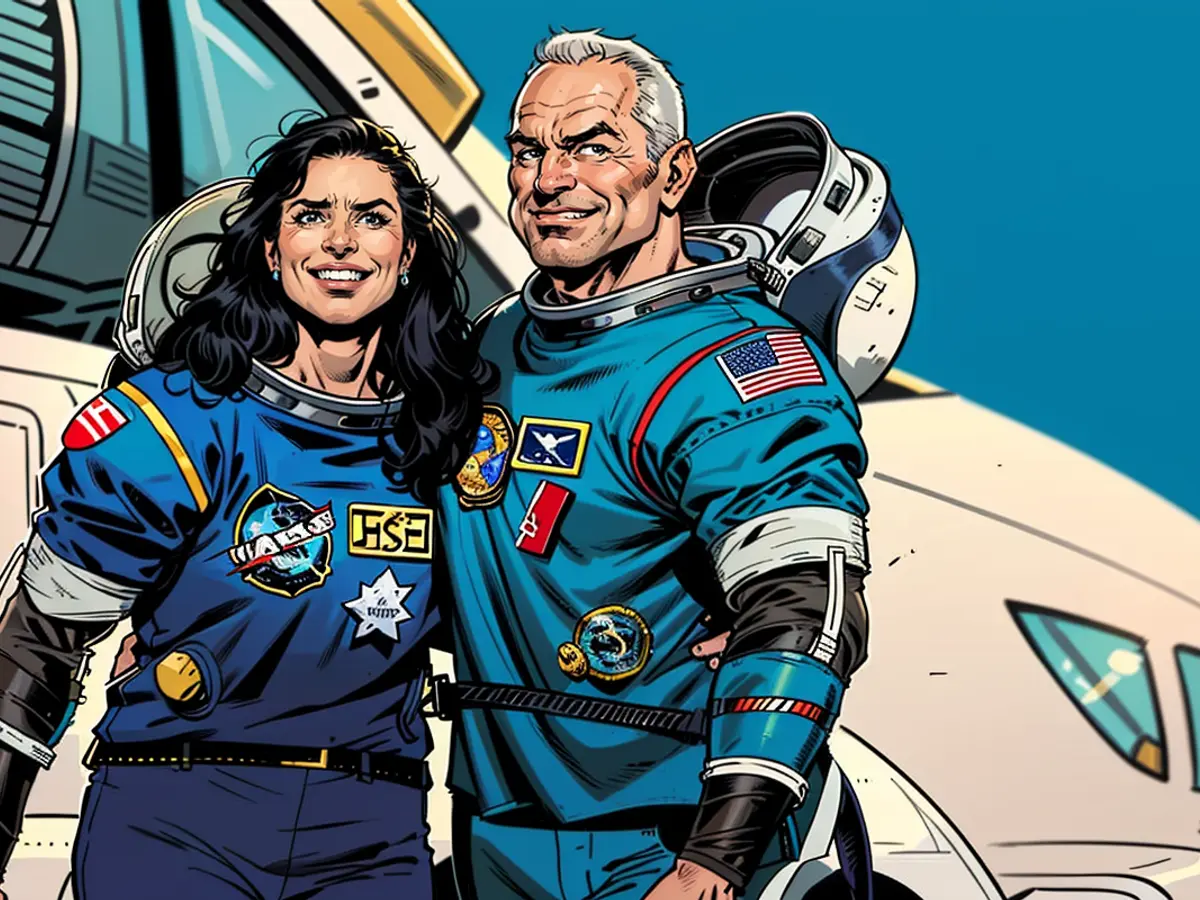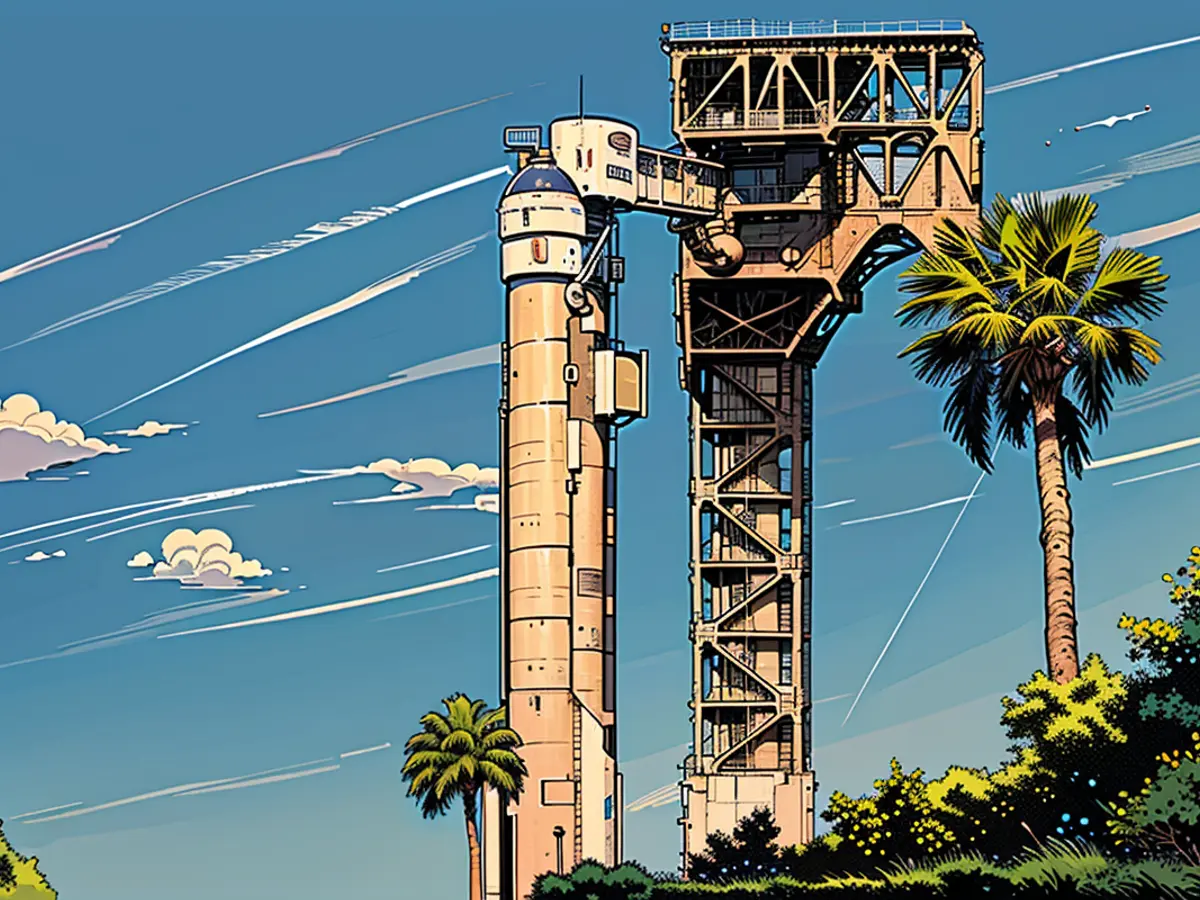The Boeing "Starliner" aircraft commences its journey.
Every good thing happens in sets of three - at least when it comes to Boeing's "Starliner" spacecraft. Currently, it's making its third appearance with two NASA astronauts, Barry Wilmore and Suni Williams, en route to the International Space Station (ISS). Excitement surrounding this latest journey is palpable.
Months of delays have plagued the spacecraft affectionately known as "Starliner," which is now making its first manned test flight to the ISS. Launched from the Kennedy Space Center in Florida using an "Atlas V" rocket, the live images streamed by NASA show the takeoff in progress.
The launch had been postponed several times due to technical issues, and two prior attempts had been incredibly close to liftoff - only to be halted moments before the scheduled departure. Recent issues are suspected to stem from a ground-based computer system.
Necessary Spare Part Aboard
The much-anticipated "Starliner" is projected to reach the ISS on Thursday, where Wilmore and Williams will stay for approximately a week. Both veterans of space travel, the 58-year-old Williams and the 61-year-old Wilmore are no strangers to the sky. To accommodate their arrival, the docked "Crew Dragon" has been relocated to a different docking station. Aside from the astronauts, "Starliner" is also carrying a valuable cargo item: a special pump designed to transform astronaut urine into drinkable water on the ISS. The existing pump had ceased functioning, as reported by NASA.
In May 2022, the "Starliner" crafted and built by Boeing embarked on its initial successful uncrewed journey to the ISS, occupying the station for four days - a pivotal moment for the spacecraft.
In the future, this spacecraft is to ferry astronauts to the ISS as an option to SpaceX's "Crew Dragon" capsule. However, the project is running behind schedule significantly. While SpaceX has consistently deployed crews to the ISS since 2020, Thursday's mission marks the eighth "Dragon" visit to the station.
Partly reusable, the "Starliner" comprises a crew capsule and a service module capable of transporting up to seven individuals, though it is primarily sculpted to accommodate four. Contrasting with the "Crew Dragon," it does not land on water, but on land.

Read also:
- The successful return of the Boeing "Starliner" after its manned test flight to the International Space Station (ISS) will provide valuable data for future space travel, potentially leading to increased collaboration between Boeing and educational institutions for space education programs.
- As the International Space Station (ISS) prepares for the arrival of the Boeing "Starliner" with astronauts Barry Wilmore and Suni Williams, space agencies and companies like Boeing are working diligently to ensure the safety and efficiency of space travel, including the integration of spare parts such as the urine conversion pump, ensuring a sustained presence in space.
- In the future, astronauts may travel to the International Space Station (ISS) on both Boeing's "Starliner" and SpaceX's "Crew Dragon" capsules, providing options for space travel and fostering competition that ultimately drives innovation and advances in space exploration, with the spaceman from Boeing's "Starliner" playing an essential role in this endeavor.







